Make sure the subgrade is compacted. Be active in deciding where control boards will be placed. The best time to pour concrete is during hot weather. Do not attempt this job when the surface temperature may drop below 35 degrees Fahrenheit.
If there are unexpected temperature drops (below 50 F) the week after laying, cover the concrete. Using a thermal or insulating blanket or a thick polyethylene sheet helps prevent structural weakness and cracking. Proper placement of these control joints is vital; otherwise, they won't do the job they're supposed to do. Typical 4-inch deep concrete should have control joints placed no more than 8 to 12 feet apart.
Concrete cracks and we know it. Even with the best design, construction and maintenance, concrete floors lose their strength over time. It's unrealistic to expect floors that won't bend or crack. In some cases, cracking may not adversely affect the structural integrity of the floor or the suitability of its design.
But it's a headache for homeowners to succumb to the deterioration of the foundations of their sidewalks, driveways, patios or porches. When noticing a crack in your concrete slab, the first assumption is how there would be a serious problem that would need an immediate solution. However, this is not always the case for concrete. Regular wear and tear is unavoidable, and this leads to cracking and dullness.
However, there are times when cracks are worrisome and are the result of underlying problems. In general, concrete cracks wider than the length or width of a credit card, which penetrate deep into the structure, indicate more serious problems. But before you hire professional repair services, you need to understand the reasons why the concrete slab cracks. Regardless of the reason, professionals have the ability to help commercial and residential homeowners repair their concrete areas.
Concrete is a permanent favorite of DIYers as well as contractors. But only when properly processed and poured to maintain the look and strength is it supposed to. A mistake, and you'll risk significant unsightly cracking in just a few years. So fear not, we have simple and feasible solutions for you.
Just follow these professional tips and you'll get great results. The concrete slab will only be as good as the base on which it is poured. If the base is not sturdy and compact, it is likely to be soft, moving and lacking support. The advice here is to start by preparing the base so that the concrete can set properly and not create a vacuum after settling.
Water is essential for concrete mix, but adding too much of it worsens concrete consistency. There is always an ideal water-cement ratio that helps produce uniformity. Too much water causes shrinkage cracks as concrete cures. For example, when concrete pumps are involved and operators are inexperienced, they can add additional water through the line, especially if it has been held down for a long time.
In addition, if there are significant delays and the concrete begins to cure, cracks are likely to arise. One way that leads to rapid drying of the concrete base is exposure to rapid and violent winds, especially when it is curing. Therefore, you should block these winds with the help of barriers or use aerosol anti-evaporation products to ensure that the base does not come off quickly. This will also prevent the surface from cracking.
While concrete takes more than 20 days to cure, the first few days (at least 7 to 10 days) after pouring are the most critical. The binding agent of concrete i.e. So, if moisture gradually evaporates, you're less likely to see cracks or premature deterioration. Spray it with water every few hours in a day, and the project will be much longer lasting.
Once the mix ages, the concrete has cured sufficiently and will not be affected by extreme temperatures or pressures. Concrete is quite firm on its own. But you can further improve its intensity. How? By adding steel reinforcements before pouring ready-mix concrete.
It is not complicated, but a vital step to improve the strength of the slab and reduce cracking. These are necessary so that the slab is not affected by the movement of the ground underneath or by shrinkage. Therefore, intentionally creating weak spots, approximately a quarter of the slab depth will rarely form future cracks in these areas. With more than 15 years of industry experience, we have addressed the residential and commercial concrete delivery needs of people in Dallas and the surrounding area.
We offer the best and most comprehensive concrete solutions. Small Business CompanyBusiness EnterpriseDisadvantaged Business Company Big D Ready Mix Concrete has been serving customers in the Dallas, TX area since 2002, with more than 400 utility mixes, high-strength wall mixes, exposed aggregate mixes, flexural strength mixes, sealing concrete, fluid fill mixes, grout mixes and trailer pump mixes. Excess water in the concrete mix can also increase the likelihood of cracking. When laying concrete, avoid adding additional water to the mix.
Excess water will evaporate from the concrete, leading to further shrinkage. Make sure you choose the right concrete mix for your project. Steel reinforcement can prevent cracking in concrete if the correct size is used for the expected load on the concrete. A path or sidewalk will carry pedestrian traffic, but I wouldn't want to drive a truck loaded with concrete on it.
Reinforcement sizing is essential for the service life and, therefore, for the structural integrity of concrete. For example, anchor bolts can offer a little more support for the legs of a concrete chair, as shown in this video from the Quikrete team. Bonding is very important because pouring a concrete slab and then placing weight on it tends to strain the concrete. They are formed by placing plastic strips or hardboard on the wet surface of the concrete, cutting the surface with a saw, or driving tools into the concrete while it is still wet.
Contractors generally begin the curing process by applying a curing compound after completing the concrete placement. Wetting the concrete and covering it with plastic or a tarp to reduce evaporation works well, but the problem is that you will have to re-wet the slab daily and could damage the concrete by peeling off and replacing the cover. For example, if the concrete slab has a depth of 4, the maximum acceptable joint spacing would be every 144 inches or 12 feet. To pour a concrete slab of any type that is strong, looks good and without imperfections doesn't just happen, it takes good preparation and skilled workers to get it right and believe me, when it goes wrong, it can ruin the finished slab and therefore every time you look at that cracked concrete slab, what will a and again.
Active curing of concrete is always a best practice that improves the overall integrity of concrete and helps prevent other surface defects, such as scale formation. The advantage of using a preformed strip of plastic or hardboard is that it is placed in the concrete while the concrete is still plastic. A good rule of thumb is not to dig more soil than is necessary to accommodate the desired depth of concrete and a few inches of gravel. You can cut them into the concrete slab the day after pouring them with a circular saw equipped with a concrete blade.
For smaller projects, such as concrete vases and other decorative items, you can add wire mesh during pouring to improve strength and reduce cracking. That said, a good contractor knows how to place concrete that will have minimal cracks over time. . .
concrete repair
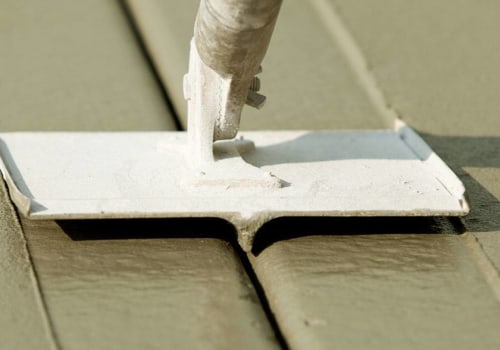
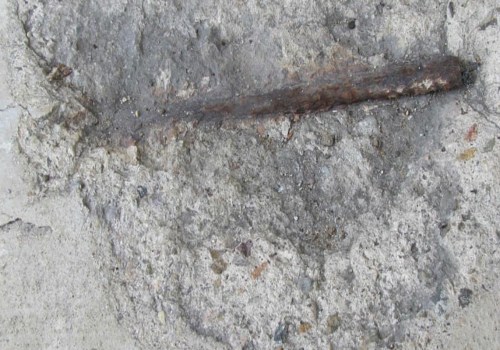
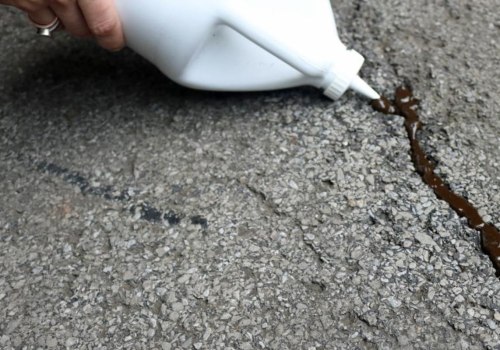
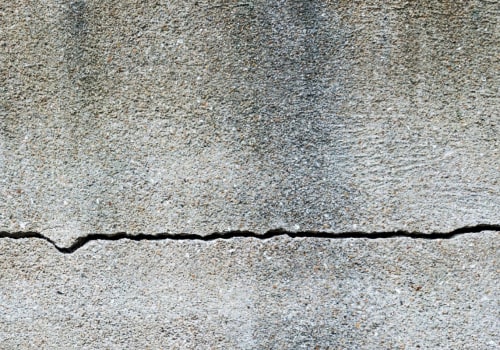
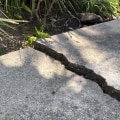
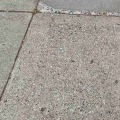
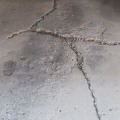
Leave Message